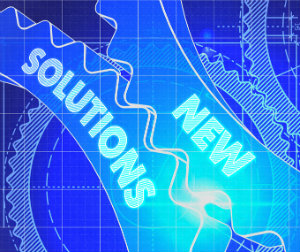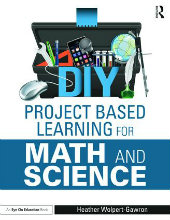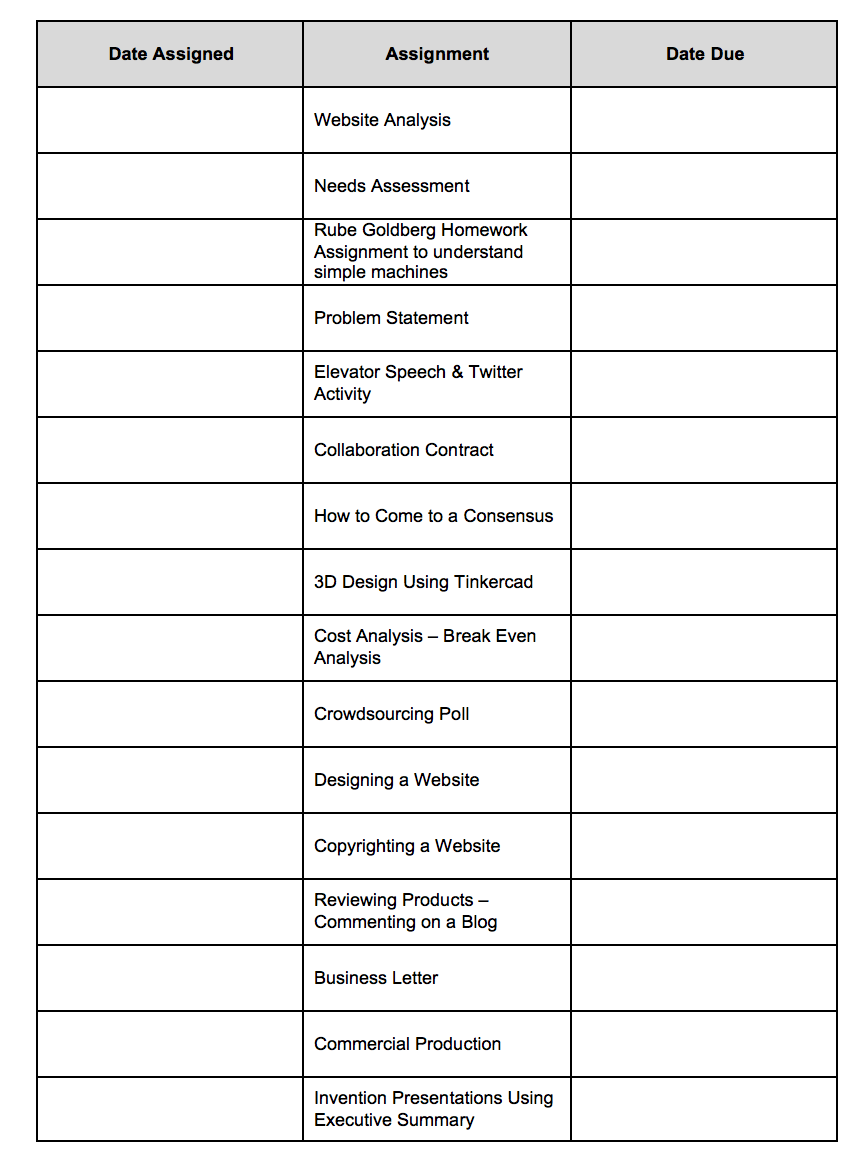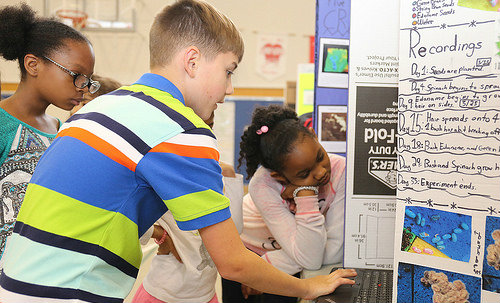Use PBL to Role-Play in the Real World
 By Heather Wolpert-Gawron
By Heather Wolpert-Gawron
We always hear about the “real world” vs. the world in school. Project Based Learning helps to break down that elusive barrier and better merges the two. It’s also undeniably engaging and lures kids into rigorous learning.
In A.J. Juliani’s book Inquiry and Innovation (Routledge/Eye On Education, 2014), he focuses on modeling methods in the classroom that work in the business world as well (like Google’s 20% creative time theory of productivity). He also goes into detail about predicting what the world might be like years from now when our students graduate into its clutches.
Juliani predicts that we will soon have “a workplace that is more individualized and personalized than ever before…,” one that focuses on inquiry and innovation as the internet start-up companies have. He believes that “It’s our job in education to free up time for innovation. It’s our job to open their minds to new ideas. It’s our job to prepare them for the present and future possibilities.”

A.J. Juliani
Juliani also questions the traditional model of education when he predicts that many future jobs will be more heuristic in nature. “A heuristic task,” he explains, “involves trial and error and discovering the solution by yourself….Heuristic jobs involve creativity and doing something new often.” Sounds like PBL to me.
But as much as people want to dip their toe into using Project Based Learning, sometimes it can be a bit amorphous unless you see it laid out in a more traditional way. For this reason, I’m sharing an overview of a unit to help make the abstract a bit more concrete. It’s called The Invention Unit.
The Invention Unit
Creating curriculum, and in particular, Project Based Learning units, is like telling a story through lesson design. The story of the following unit centers on blossoming young inventors looking to solve the minor, but irritating, problems of our day-to-day life.
There are many components to The Invention Unit: brainstorming, research, development, design, cost analysis, collaboration, and pitching. Students are using art, writing, math, science, and probably countless other elements that focus on real world content and communication.
In the spirit of PBL, this unit uses the following elements:

✻ Bringing in outside expertise
✻ Authentic audience
✻ Blended writing genres
✻ Technology use
✻ Collaboration
✻ Critical thinking
✻ Problem/solution
✻ Subject matter integration
This unit asks students to think about the needs of their home and classroom environment and to invent a specific item that can become a solution to a problem. It begins with the analysis of a website, like As Seen on TV, as a resource and model.
From there, students will write a research-based informational paragraph to prove the importance of the problem they’ve identified, crowdsource advice from their peers on different stages of their invention’s development (everything from Name of the Product, to the possible Retail Price, to the Slogan), and even use CAD software to design their product.
If a school has 3D printers, the students can use them as an option to prototype their inventions. By the end of the unit, students will have developed a website and a commercial – as well as written a persuasive pitch business letter to a company to fund the development of the item.
Step-by-step lessons
Here is a possible checklist to help pace yourself and your students through this unit. Remember to leave flexibility by adding some empty boxes that can be used to fill in your own assignments or even be used by students will fill in artifacts that reflect their own goals. (Click image to download a Word doc.)
 Writing that mimics the real world
Writing that mimics the real world
When we talk about mimicking the real world in curriculum development, I generally take my tips from both the business world and the academic world. The by-product of being so focused on reflecting the world beyond school is that it breaks down the argument that school somehow ISN’T real life.

The end of The Invention Unit culminates in an oral presentation that uses a formally written Executive Summary as an outline. The purpose of an Executive Summary is to pitch a concept to a busy person by using a simple structure and a variety of text structures (subheadings, bullets, numbering, etc…) to break up the ideas within.
The outline of a typical executive summary is pretty basic:
- Background information
- Evidence
- Recommendations
However, in order to better align with the STEM-focus of this engineering unit, one can also bump it up a notch and use terms that reflect engineering nomenclature. To align an Executive Summary used in an ELA class with engineering terms, I looked to an open source M.I.T. class. I found a term, B.I.R.A.C. (foreign to me!) that can be used to mirror the sections used in a typical Executive Summary. At M.I.T., this acronym breaks down to represent the following:
B – Background: Define the plan by posing a question.
I – Issues: What can you predict that might limit what you hope to happen?
R – Recommendations: What methods do you suggest in how to proceed with your plans?
A – Analysis: What evidence and analysis prove your recommendation has some merit?
C – Consequences: What are the consequences of rejecting or accepting your suggestions?
So, in other words, a middle school-level B.I.R.A.C.- focused Executive Summary for The Invention Unit could be used as the format for either the written pitch to a company’s board or the outline of a speech given in a science fair-esque presentation (or a Shark Tank event?).
In PBL, everything is a part of the role-play
Even the typical problem-solution or Executive Summary writing genre is in on the role-play. This time, it’s based on a genre used in engineering. But with Project Based Learning, you really can’t go too far with the role-play. In The Invention Unit, not only are students pretending to be inventors, even the assignments themselves are wearing costumes.





































